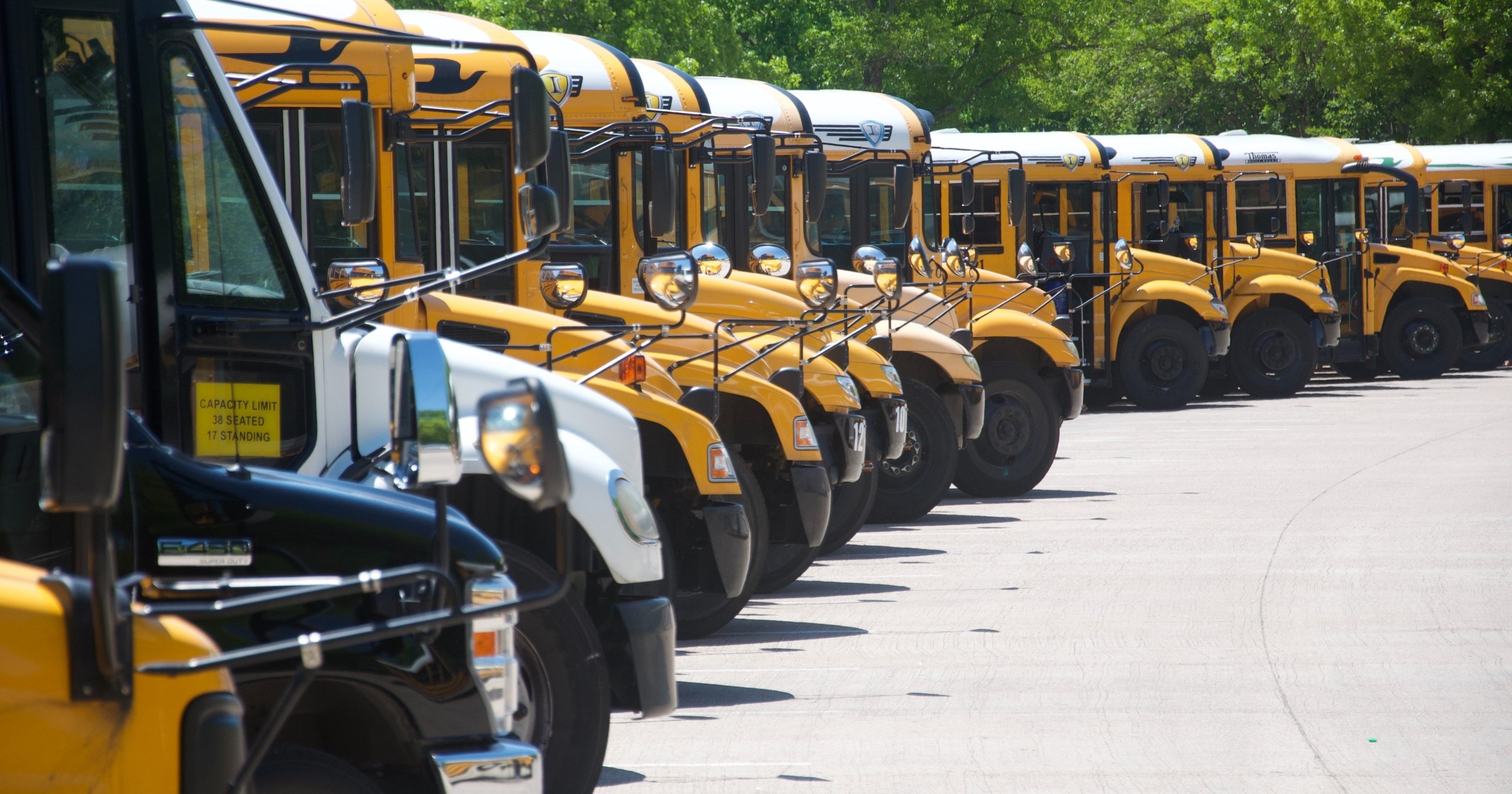
Recent gas prices are soaring to record levels, panicking schools across the country.
Georgia State Superintendent Richard Woods requested that the Biden Administration allow schools to use COVID-19 relief funds to cover the rising gas prices. According to one school superintendent, Kenneth Dyer, the current fuel prices are something school districts have never seen before. He hopes the Biden Administration will act to help Georgia schools.
Dyer said that last year, the school spent $470,000 in fuel, but this year they’ve already spent $514,000 with three months left in the fiscal year.
Unfortunately—as you well know—the spikes in gas prices are not isolated to Georgia.
Up in Ohio, gas prices have increased by a dollar in a month, hitting an all-time high.
Over in Southeast Texas, district officials explain that they use about 2,000 gallons a week. Since gas has gone up about a dollar since the beginning of the year, they’re spending $2,000 more on fuel on a weekly basis.
In areas like House Springs, Missouri, prices have nearly doubled for school buses that travel about 1.5 million miles in a year—and that doesn’t quite compare to a district as large as St. Louis.
“A typical year would be roughly $400,000 in fuel costs at $2.50 a gallon,” shared Paul Ziegler, former superintendent of the Northwest School District in Missouri. “If you look at it now at $5 a gallon which is about the cost of diesel if you’re looking a pump right now, that $400,000 bill goes to $800,000.”
According to Jon Pinkerton, the supervisor of attendance, transportation, and residency at Maryville City Schools in Tennessee, fuel prices in his area may increase by 33% this month. On top of that, bus contractors are taking a hit with increased prices on tires and parts. Many schools depend on contractors for their buses, with pre-negotiated flat rates for fuel. While school buses use thousands of gallons each month for fuel, those who don’t have the benefit of a contractor’s flat rate tend to buy in bulk so they don’t feel the impact of high gas right away. Regardless, schools expect they’ll feel the brunt of increased prices soon.
Schools are not only faced with rising gas prices—which have gone up by 70% in the Birmingham, Alabama area. They’re also concerned about how they’ll get groceries to school between the cost of purchasing goods with inflated prices and the cost of transporting them.
But schools say they’ll still keep busing students.
“That’s our business, is getting kids to school and having students be educated, so it’s kind of the cost of doing business for us,” said Ned Lauver, Director of Operations at Avon Lake City Schools in Ohio.
Some schools have nearly spent their full budget on fuel—so they’re preparing to get innovative to cover costs.
“If we start to fall short, then our local board of education would have to find a way to come in and help out,” said Mary Cleckler, Transportation Supervisor at a school in the Birmingham area. “Of course, that budget is already streamlined itself so we would have to be creative to cover all of our fuel costs.”
How do you think schools should handle budgeting for rising fuel costs?




